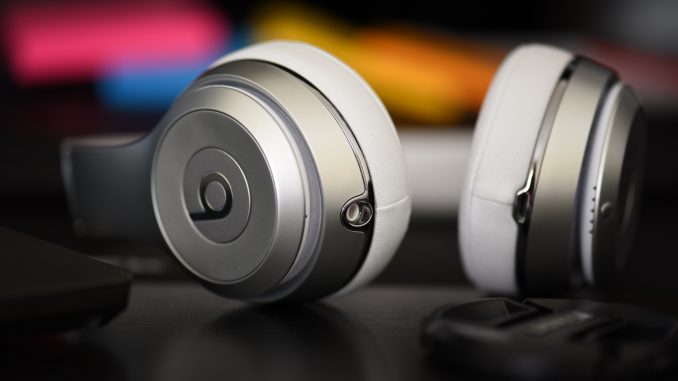
Recentfusion.com–Headphones have become an integral part of our daily lives, providing us with a personal audio experience that enhances our music, entertainment, and communication. Over the years, these humble devices have undergone remarkable transformations, adapting to technological advancements and changing consumer preferences. This article takes you on a journey through the evolution of headphones, exploring their history, significant milestones, and the impact they have had on our audio experiences.
The origins of headphones can be traced back to the late 19th century when they were primarily used by telephone operators and radio operators. These early headphones were large, bulky, and featured single ear cups connected by a headband. They were designed for functional rather than recreational use, focusing on delivering clear audio for communication purposes.
In the mid-20th century, the introduction of stereo sound revolutionized the headphone industry. Stereo headphones provided listeners with a more immersive audio experience, simulating a multi-dimensional soundstage. Manufacturers started experimenting with new designs, including over-ear and on-ear models, to improve comfort and audio quality. The advent of portable music players like the Sony Walkman in the 1980s further fueled the demand for compact, lightweight headphones.
The arrival of the digital age brought significant changes to headphone technology. The transition from analog to digital audio formats led to the development of headphones with enhanced sound reproduction capabilities. Digital signal processing (DSP) technologies enabled precise sound tuning and customization, allowing users to tailor their audio experience to their preferences.
Furthermore, advancements in wireless connectivity opened up new possibilities for headphone design. Bluetooth technology eliminated the need for cumbersome wires, enabling greater freedom of movement. Wireless headphones gained popularity, offering convenience and ease of use, especially for those on the go. Manufacturers began integrating features like noise cancellation and touch controls, transforming headphones into sophisticated gadgets.
One of the most significant trends in recent years has been the rise of true wireless earbuds. These small, compact earpieces, untethered by any cables, have become immensely popular due to their portability and discreet design. True wireless earbuds feature advanced Bluetooth connectivity, long battery life, and intuitive touch controls. They have also introduced features like active noise cancellation, ambient sound modes, and voice assistants, making them versatile companions for everyday use.
While convenience and portability have dominated the headphone market, there is a growing niche of audiophiles seeking high-fidelity sound reproduction. Manufacturers have responded to this demand by producing premium headphones that prioritize sonic accuracy and superior audio quality. These headphones often employ advanced drivers, open-back designs, and high-resolution audio support to deliver an unparalleled listening experience.
Headphones have come a long way since their humble beginnings, evolving from bulky communication devices to sleek, feature-rich personal audio accessories. They have become an integral part of our lives, offering us an immersive and tailored sonic experience. As technology continues to advance, we can expect headphones to push boundaries further, providing even more refined audio quality, seamless connectivity, and intelligent features. Whether you prefer the convenience of true wireless earbuds or the precision of audiophile-grade headphones, there is no doubt that these remarkable devices will continue to shape and enhance our relationship with music and audio in the years to come.

Leave a Reply